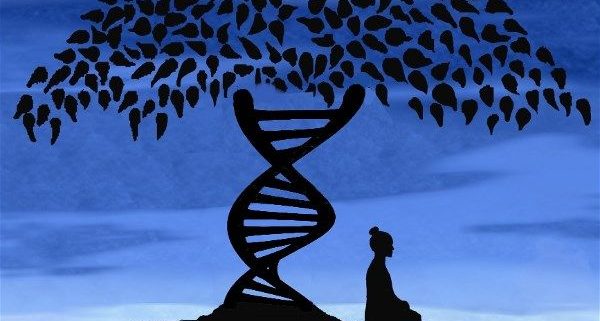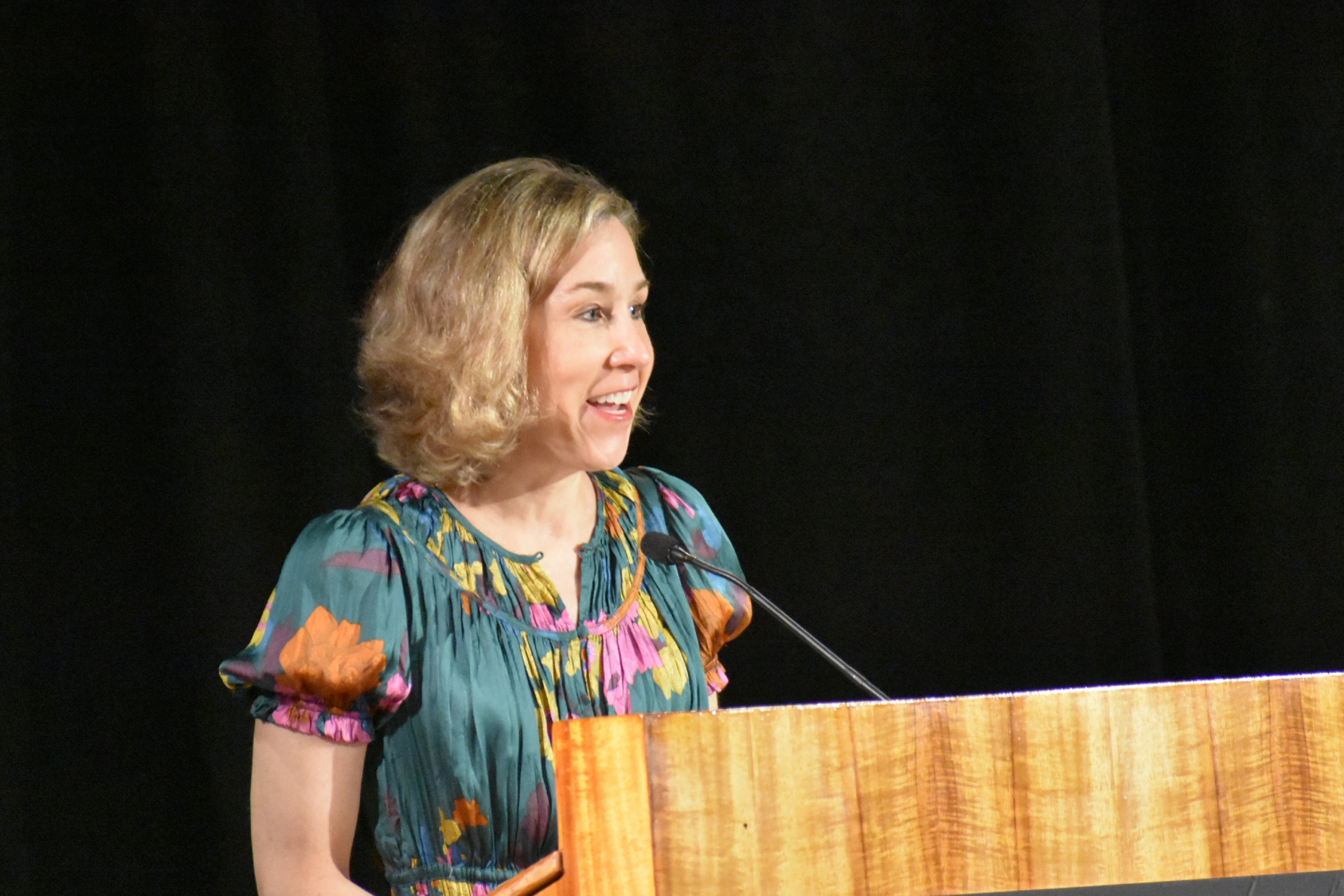How DNA and Genetic Knowledge Changes Lives: the impact of genetic testing for five families affected by retinoblastoma
Retinoblastoma genetics are complex. Their implications for medical care can be confusing for families and professionals alike. For World DNA Day, Rb survivor and WE C Hope co-founder / CEO, Abby White, considers the central importance of DNA and genetic knowledge in caring for the child and family, during treatment and throughout life.










